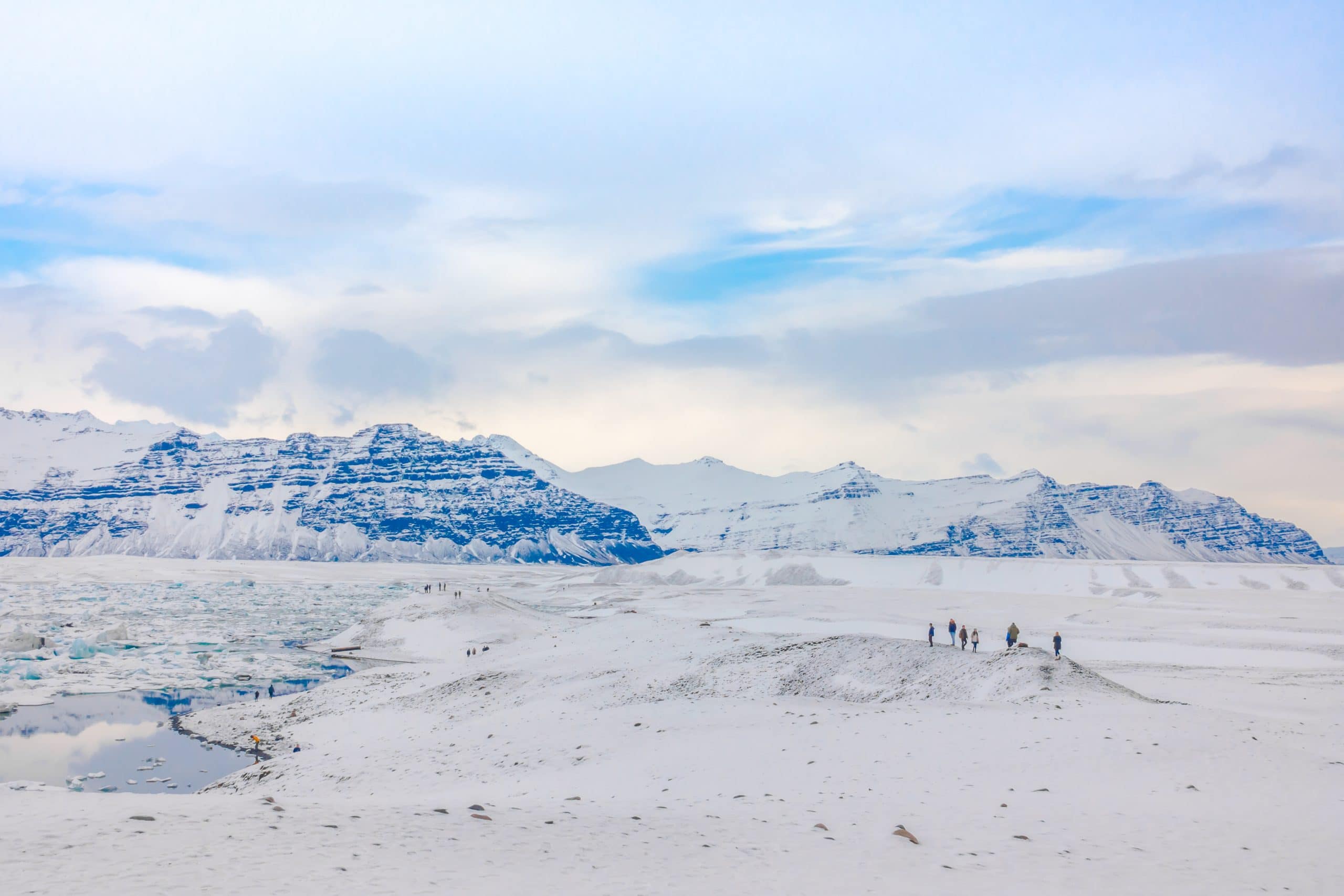The first clue to the lake’s existence came when a smooth depression was spotted on satellite imaging of the ice sheet. Source: Freepik.
A newly discovered lake off the coast Antarctica was found by scientists investigating the underside of the world’s largest ice sheet, and it might reveal some key information about the ice continent.
The sediments of Lake Snow Eagle might contain a history of the ice sheet starting from the very beginning.
The sediments could answer some intriguing questions like what Antarctica was like before it froze, how climate change has affected it across its history and how the ice sheet might change in the future as the world warms.
“This lake is likely to have a record of the entire history of the East Antarctic Ice Sheet, its initiation over 34 million years ago, as well as its growth and evolution across glacial cycles since then,” said polar expert Don Blankenship, one of the study’s authors and a senior research scientist at The University of Texas at Austin’s Institute for Geophysics.
“Our observations also suggest that the ice sheet changed significantly about 10,000 years ago, although we have no idea why.”
The first clue to the lake’s existence came when a smooth depression was spotted on satellite imaging of the ice sheet.

The researchers spent three years flying systematic surveys over the site with ice penetrating radar and sensors that measured minute changes in Earth’s gravity and magnetic field.
Then the paper’s lead author and flight planner for the field research, Shuai Yan, finally saw the lake’s water that, unlike the ice, reflected the radar like a mirror.
“I literally jumped when I first saw that bright radar reflection,” he said.
Now the researchers want to obtain a sample of the lake’s sediments to fill the big gaps in our understanding of Antarctica’s glaciation and get information about the ice sheet’s possible demise from climate change.
“This lake’s been accumulating sediment over a very long time, potentially taking us through the period when Antarctica had no ice at all, to when it went into deep freeze,” said co-author Martin Siegert, a glaciologist at Imperial College London.
“We don’t have a single record of all those events in one place, but the sediments at the bottom of this lake could be ideal.”





